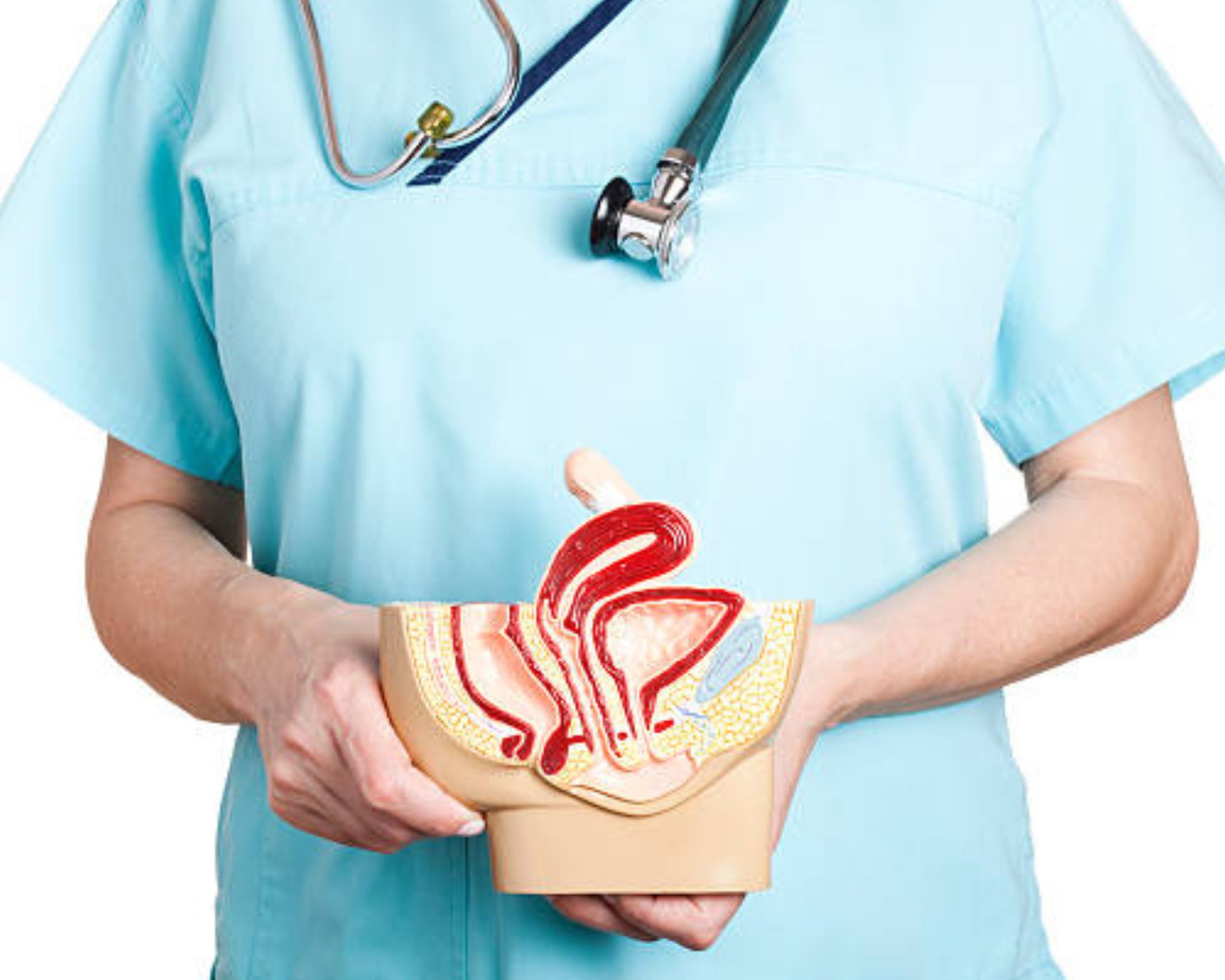The fallopian tubes are an essential part of the womanish reproductive system, playing a critical part in fertilization and early embryonic development. Understanding the activity and health of the fallopian tubes can help women make informed opinions about their reproductive health.
Structure and Function of Fallopian Tubes
The fallopian tubes, also known as uterine tubes, are a boom of long, narrow tubes that extend from the ovaries to the uterus. The tubes are lined with bitsy hair- suchlike protrusions called cilia, which help move the egg and sperm through the tubes. The fallopian tubes have three parts the island, the ampulla, and the infundibulum.
The ampulla is the widest member and is where fertilization generally occurs. The primary function of the fallopian tubes is to give a point for fertilization. During ovulation, an egg is released from the ovary and travels down the fallopian tube toward the uterus. However, they may fertilize the egg, performing in gestation, If sperm are present in the fallopian tube. The fertilized egg also continues to travel down the fallopian tube towards the uterus, where it may implant and develop into a fetus.
In addition to furnishing a point for fertilization, the fallopian tubes also cache nutrients to support early embryonic development. The cilia in the fallopian tubes help move the fertilized egg towards the uterus, while the concealment from the tube nourishes the developing embryo.
Common Fallopian Tube Problems
Several problems can affect the health and function of the fallopian tubes, including blockages, inflammation, and scarring. Blocked fallopian tubes can help the egg from reaching the uterus or help sperm from reaching the egg, leading to gravidity. Blockages can be caused by infections similar to pelvic seditious complaints, endometriosis, or surgery similar to tubal ligation. Inflammation and scarring of the fallopian tubes can also lead to gravidity.
Inflammation can be caused by infections, while scarring can be caused by former surgeries or trauma to the tubes. Ectopic gestation is another implicit problem that can affect by fallopian tube issues. Ectopic An ectopic pregnancy occurs when a fertilized egg implants outside of the uterus, frequently in the fallopian tube. This can be a life-changing changing condition that requires immediate medical attention.
Diagnosing and Treating Fallopian Tube Problems
still, her croaker may perform tests to determine the health and function of her fallopian tubes, If a woman is passing fertility issues. These tests may include hysterosalpingography( HSG), a type ofX-rayof X-ray that uses color to fantasize the fallopian tubes, or laparoscopy, a surgical procedure that allows the croaker to examine the reproductive organs directly.
Treatment for fallopian tube problems will depend on the underpinning cause of the issue. In some cases, surgery may be necessary to remove blockages or form damage to the tubes. In other cases, specifics may be specified to treat infections or inflammation. In vitro fertilization( IVF) is another option for women with fallopian tube problems.
With IVF, the egg is fertilized outside of the body and also implanted directly into the uterus, bypassing the need for the fallopian tubes. Conclusion The fallopian tubes play a critical part in womanish reproductive health, furnishing a point for fertilization and supporting early embryonic development. Understanding the function and health of the fallopian tubes can help women make informed opinions about their reproductive health and seek applicable medical care if necessary.
Conclusion
The fallopian tubes play a critical role in female reproductive health, providing a site for fertilization and supporting early embryonic development. Understanding the function and health of the fallopian tubes can help women make informed decisions about their reproductive health and seek appropriate medical care if necessary.
